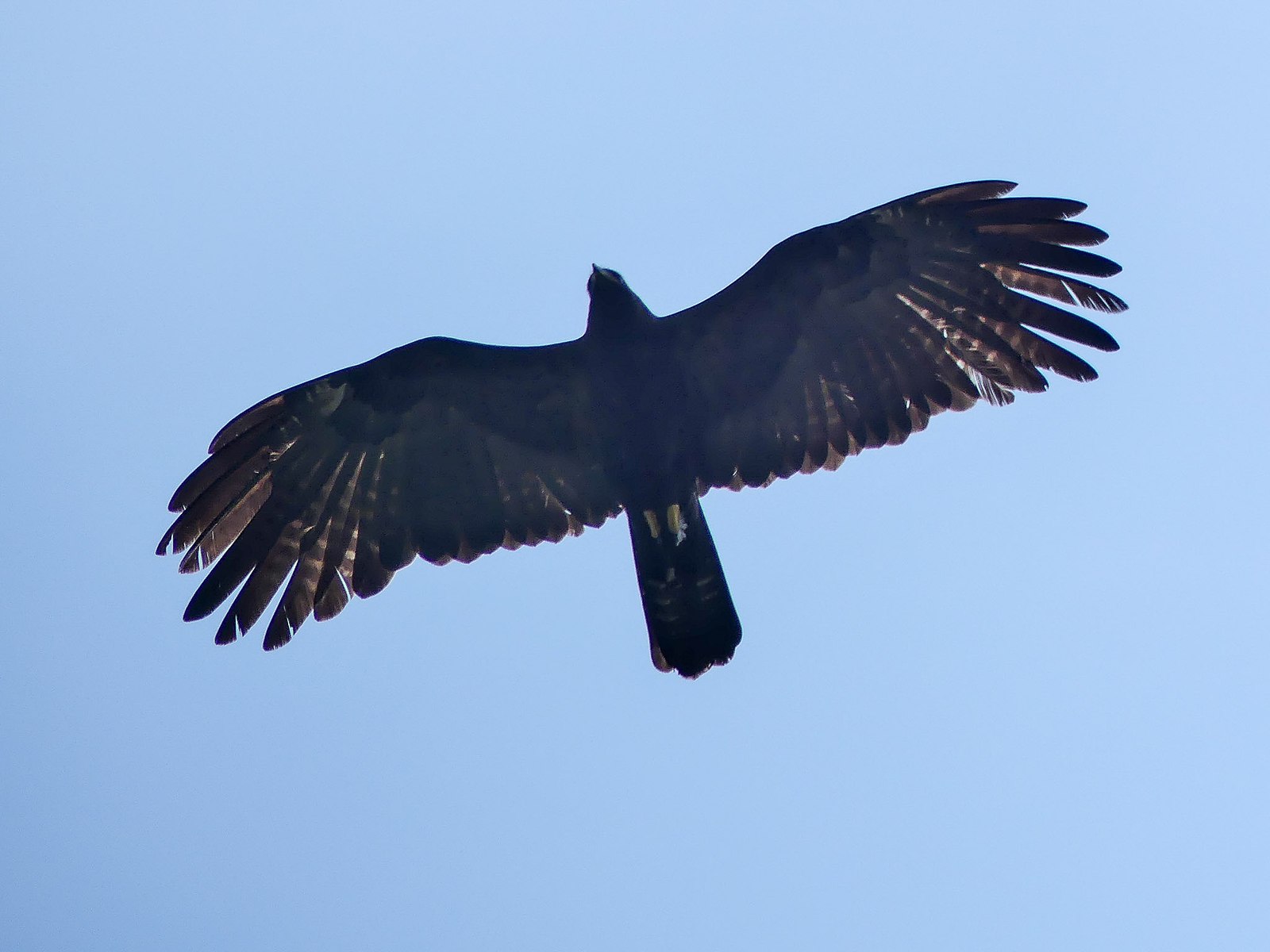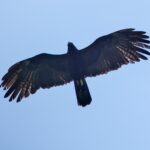The Black Eagle, also known as Verreaux’s Eagle or Aquila verreauxii, is a large bird of prey found in the hilly and mountainous regions of southern and eastern Africa. This species is highly specialized in its diet, primarily feeding on rock hyraxes, which make up around 98.1% of its diet in certain areas of Zimbabwe. However, when hyrax populations decline, Verreaux’s Eagle can survive on a mixed diet of small antelopes, gamebirds, hares, monkeys, and other assorted vertebrates.
The Black Eagle’s Primary Prey: Rock Hyraxes
The Black Eagle’s diet is heavily dominated by rock hyraxes, a small, herbivorous mammal that lives in colonies among the rocky outcrops and cliffs of the eagle’s habitat. These hyraxes make up an astounding 98.1% of the Black Eagle’s diet in certain regions of Zimbabwe, where the eagle’s population is the best-studied in the world.
| Prey Species | Percentage of Diet |
|---|---|
| Rock Hyraxes | 98.1% |
| Small Antelopes | 1.2% |
| Gamebirds | 0.4% |
| Hares | 0.2% |
| Monkeys | 0.1% |
| Other Vertebrates | 0.1% |
The Black Eagle is an expert hunter, often foraging in low-level quartering flight and catching hyraxes after a rapid, twisting dive. This species has a high degree of specialization, with its distribution and life history revolving around its favorite prey species, the rock hyraxes.
Adaptations for Hunting Hyraxes
 Image source: Black Eagle by Mike Prince
Image source: Black Eagle by Mike Prince
The Black Eagle has evolved several adaptations that make it highly efficient at hunting rock hyraxes. These include:
- Powerful Talons: The Black Eagle has large, sharp talons that can easily grasp and crush the small, agile hyraxes.
- Keen Eyesight: This eagle has exceptional eyesight, allowing it to spot hyraxes from great distances and track their movements with precision.
- Maneuverability: The Black Eagle’s agile flight and ability to make tight turns allows it to pursue and capture hyraxes in their rocky, rugged habitat.
- Stealth: The Black Eagle’s dark plumage and silent flight make it an elusive and stealthy hunter, allowing it to approach its prey without being detected.
Dietary Shifts and Adaptability
While the Black Eagle is highly specialized in its diet, it has shown some adaptability when its primary prey, the rock hyrax, becomes scarce. In such situations, the eagle can supplement its diet with a variety of other small vertebrates, including:
- Small antelopes
- Gamebirds
- Hares
- Monkeys
- Other small mammals and birds
This dietary flexibility has allowed the Black Eagle to maintain relatively stable populations in its native range, even as hyrax populations have fluctuated due to factors such as habitat loss and hunting.
Conservation Efforts and the Black Eagle’s Role in the Ecosystem
The Black Eagle is considered a species of Least Concern by the IUCN, with a stable population estimated at around 10,000 mature individuals. However, the species faces threats such as habitat loss, persecution, and the use of pesticides, which can impact its prey species.
Despite these challenges, the Black Eagle plays a crucial role in its ecosystem, helping to maintain a balance between prey species and their habitats. As a top predator, the Black Eagle helps to control the populations of rock hyraxes and other small vertebrates, preventing them from becoming overpopulated and damaging their environment.
Conservation efforts, such as habitat protection and the monitoring of hyrax populations, are essential to ensuring the continued survival of the Black Eagle. By understanding the unique dietary requirements and hunting behaviors of this majestic raptor, we can better protect and preserve this important species for generations to come.
References:
- Verreaux’s eagle – Facts, Diet, Habitat & Pictures on Animalia.bio. Retrieved from https://animalia.bio/verreauxs-eagle
- The bearded eagle is the only known animal whose diet is almost exclusively bone. In fact, it usually despises actual meat and lives on a diet that is usually 80-90% bone marrow. Retrieved from https://www.reddit.com/r/oddlyterrifying/comments/179zscl/the_bearded_eagle_is_the_only_known_animal_whose/
- Black Eagle – Facts, Diet, Habitat & Pictures on Animalia.bio. Retrieved from https://animalia.bio/black-eagle
- Black Hawk-eagle | The Peregrine Fund. Retrieved from https://peregrinefund.org/explore-raptors-species/eagles/black-hawk-eagle/.

